The Federal Highway Administration made two big moves this last week to clear the way for states, metro areas, and local communities to use federal dollars to design safer, more complete streets.
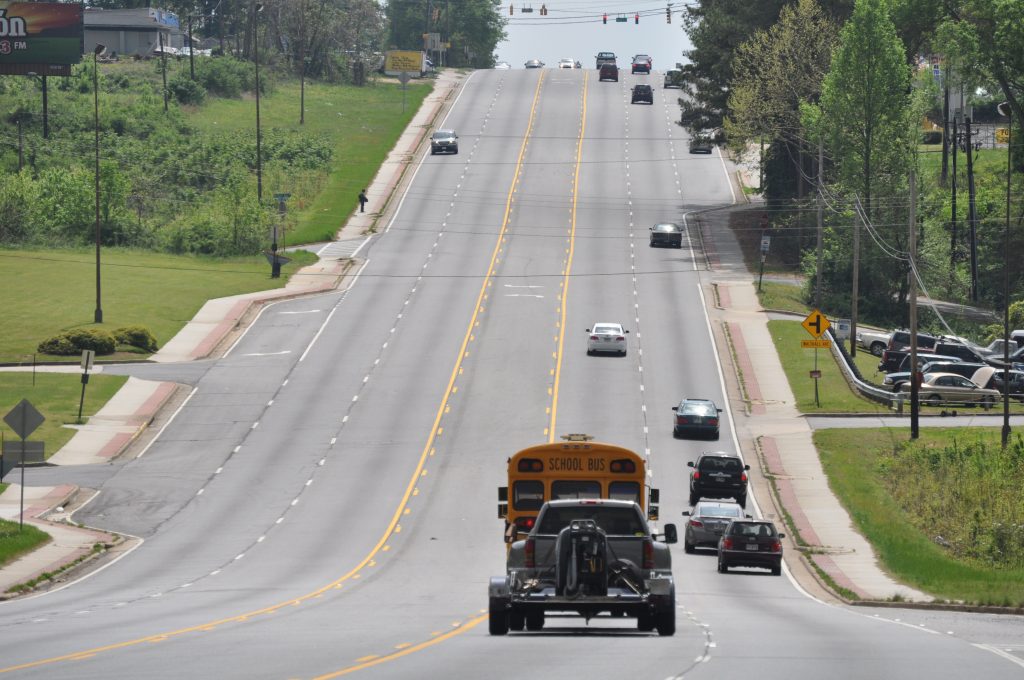
Good news: old federal street design guidelines that often required local streets to be designed like this have been radically scaled back.
Both of these updates are great news for anyone advocating for streets that better meet the needs of everyone that uses them, as well as better serving the goals of the surrounding community. FHWA deserves a big round of applause for making these changes.
If you are working on a local transportation project and your DOT or some other agency cites vague federal rules when refusing to build a safe and complete street, show them the FHWA memo below. Their guidance makes it extremely clear: there’s wide latitude to design streets to best suit local needs, and old regulations that treat all roads like highways have been rolled back.
Federal street design guidelines just got a lot simpler
Last week, FHWA finalized new street design guidelines that eliminated most of the criteria that local communities and states must adhere to when building or reconstructing certain roads — especially those with speed limits under 50 mph. Of 13 current design criteria for certain roads under 50 mph, 11 criteria have been scrapped, because, in FHWA’s words, they have “minimal influence on the safety or operation on our urban streets.”
Until now, states or cities would have to go through an arduous process of requesting an exception to do common sense things like line a downtown street with street trees, reduce the width of lanes to add a bike lane, or curve a street slightly to slow traffic and make it safer for people in cars and on foot. (This old post explains the change in more detail.)
T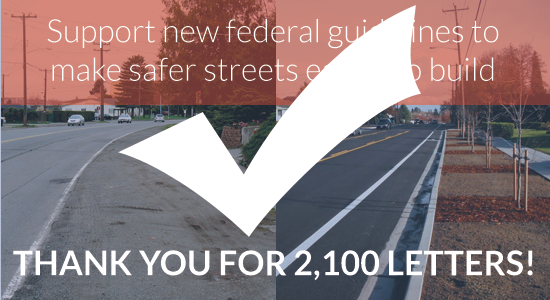 he new criteria recognize that successful streets running through a bustling downtown of any size need to be designed far differently than rural highways connecting two towns or cities. They have to meet a far more diverse range of needs than simply moving cars fast, and these smart new guidelines reflect that wisdom.
he new criteria recognize that successful streets running through a bustling downtown of any size need to be designed far differently than rural highways connecting two towns or cities. They have to meet a far more diverse range of needs than simply moving cars fast, and these smart new guidelines reflect that wisdom.
Thousands our supporters sent in letters to FHWA on this issue, and FHWA listened. From the final rule:
The FHWA received comments from 2,327 individuals and organizations on the proposed changes to the controlling criteria. Of these, 2,167 were individual form-letter comments delivered to the docket by Transportation for America. …The overwhelming support for changes to the controlling criteria indicate that the changes will support agency and community efforts to develop transportation projects that support community goals and are appropriate to the project context. The provisions included here for design documentation will result in more consistent evaluation of exceptions to the adopted design standards when controlling criteria are not met on NHS highways.
Even more encouraging, FHWA responded strongly to the handful of state DOTs that sent in comments noting their desire to keep the old design guidelines intact.
The FHWA finds that removing these controlling criteria from application in low-speed environments is supported by research and provides additional flexibility to better accommodate all modes of transportation. No new controlling criteria are proposed at this time.
In their comments, FHWA affirmed that local communities should have more leeway in how they design streets — after all, they know their local needs best — and that research shows that the old guidelines made it more difficult to accommodate all modes of transportation.
Vehicle speed- and delay-focused “level of service” metric is not a federal requirement
When planning a new street, reconstructing an old street, or conducting traffic studies for new development, most transportation agencies rely on a metric known as level of service or “LOS”. While commonly accepted amongst many traffic engineers, it’s an outdated, narrow metric that assesses how well a road performs only by looking at the number of cars and the amount of delay experienced by vehicles.
If the only goal of your community’s streets is moving cars fast, then level of service is the way to go. If your community also wants to keep people safe, or allow people to walk, bike or take transit, or support a vibrant downtown, then relying only on level of service isn’t going to cut it. It’s like trying to decide if a new pair of pants will fit by measuring the waist and ignoring the inseam.
Similar to the street design requirements that FHWA just scrapped, level of service is often used to halt plans to make streets safer for everyone or boost economic development by narrowing lanes, adding bike lanes, mid-block crosswalks, bulb-outs, or other improvements. It’s even been cited as a federal requirement in some cases. To those agencies, planners and engineers, FHWA made an announcement on May 6: (emphasis added.)
We have received several questions regarding the minimum level of service (LOS) requirements for projects on the National Highway System (NHS).
…FHWA does not have regulations or policies that require specific minimum LOS values for projects on the NHS. [National Highway System] The recommended values in the Green Book are regarded by FHWA as guidance only. Traffic forecasts are just one factor to consider when planning and designing projects. Agencies should set expectations for operational performance based on existing and projected traffic conditions, current and proposed land use, context, and agency transportation planning goals, and should also take into account the input of a wide cross section of project stakeholders.
This might seem like a minor clarification, but FHWA just gave the green light to localities that want to implement a complete streets approach. By making clear that there is zero federal requirement to use level of service (and that there never has been), FHWA is implying that transportation agencies should consider more than just traffic speeds when planning street projects.
Changing policy is one thing but changing behavior is another, however. Level of service is an instructive example. It’s never been a federal requirement, but that hasn’t stopped transportation agencies all over from relying on it. And though the design guidelines have been radically pared back for most streets, that doesn’t mean that a state DOT won’t continue to adhere to them as a matter of course.
Engaging with your city, metro planning organization and state DOT will continue to be important for your community to realize its plans for safer, complete streets.
Yet, USDOT is going the opposite direction on measuring congestion
Of course, these encouraging changes from FHWA stand in sharp contrast with USDOT’s narrow, vehicle-focused proposal for how to measure congestion. While FHWA acknowledges that “traffic forecasts are just one factor to consider,” the proposed rule from USDOT would measure congestion in a way that places vehicle speed and delay far above any other factors.
This would penalize places that have made it easier to avoid congestion by making it easier to get around on transit, by foot or bike, or through telecommuting. And it would have the effect of rewarding places with long commutes that move quickly over places with shorter average commutes that move slower.
We need to measure congestion in a way that lines up with these two very encouraging moves from FHWA.
Have you sent a letter yet? Join the nearly 2,000 people who have already told USDOT they can do better.
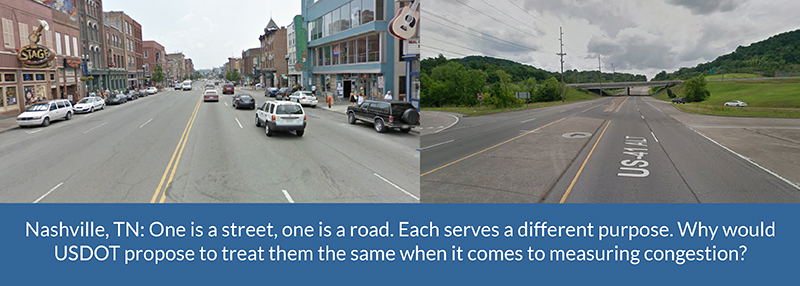







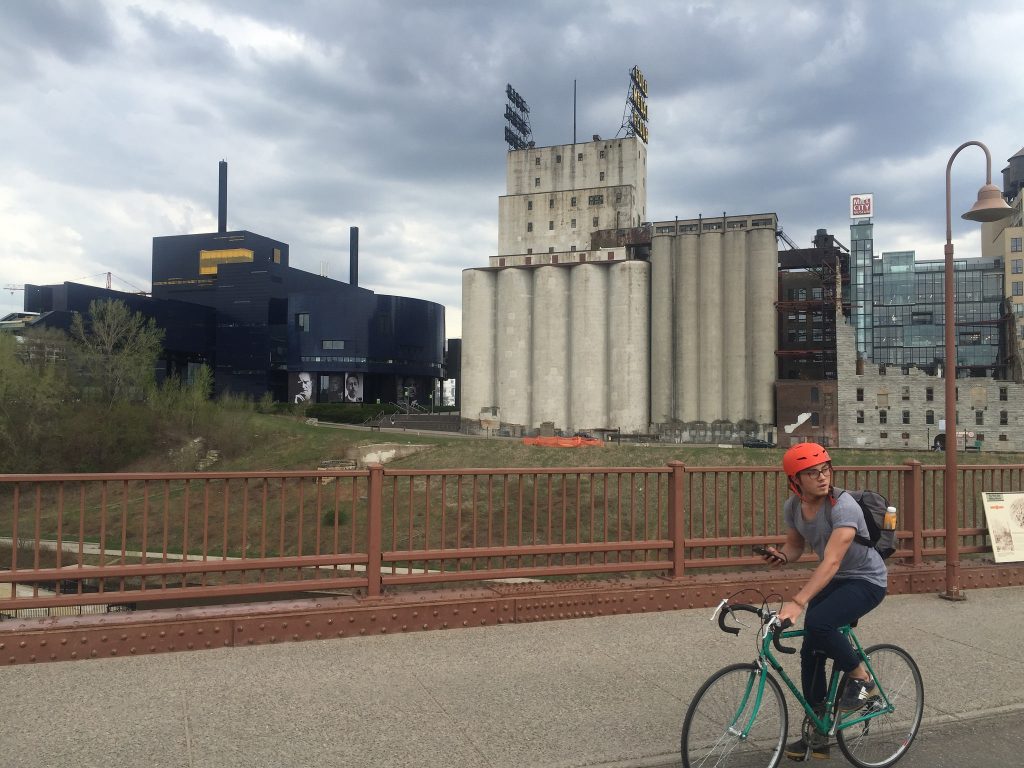
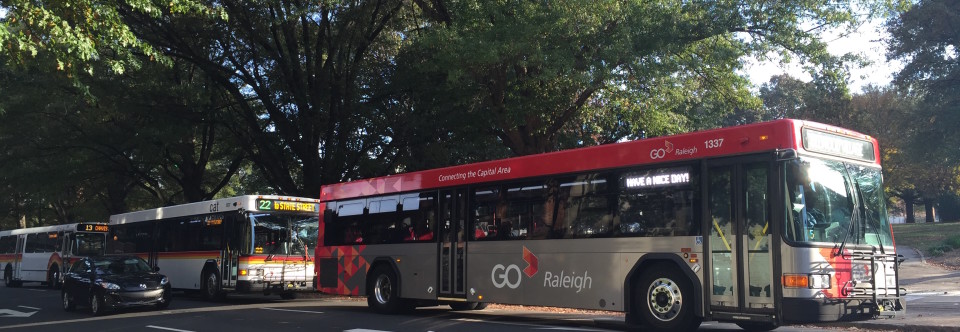
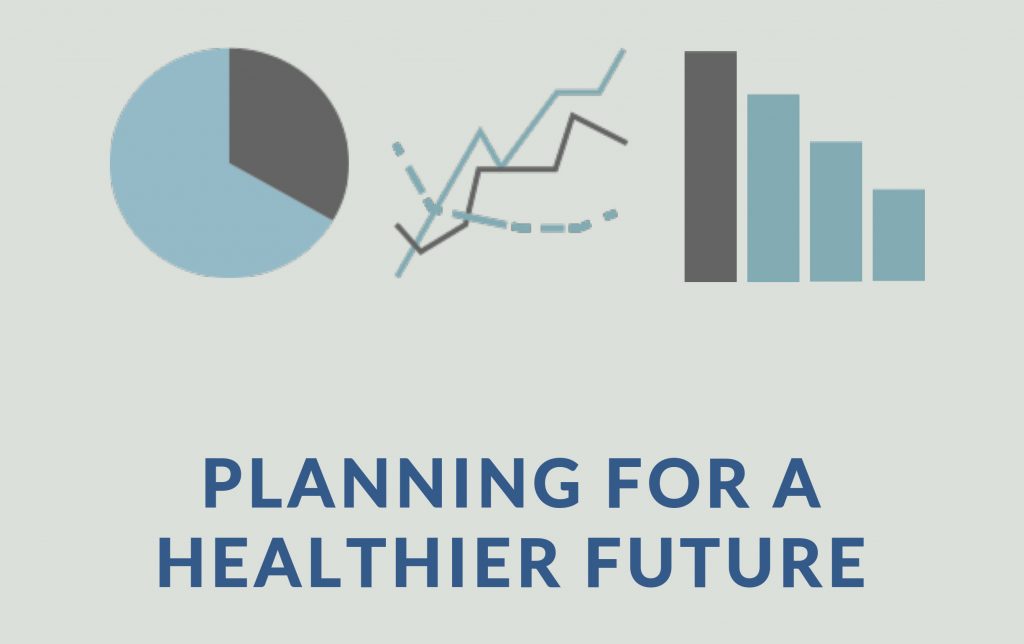
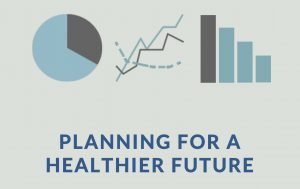
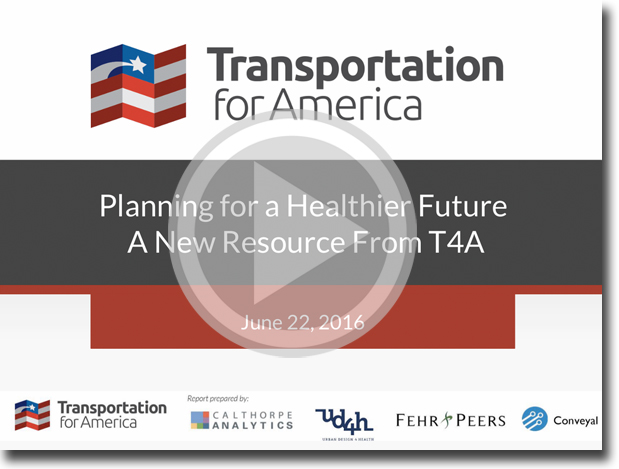
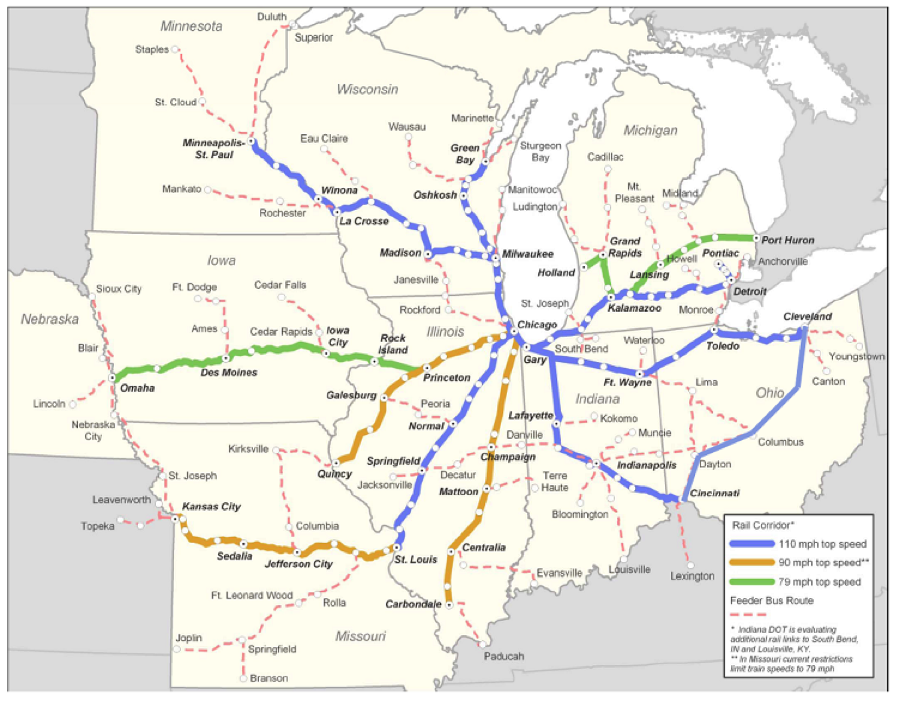
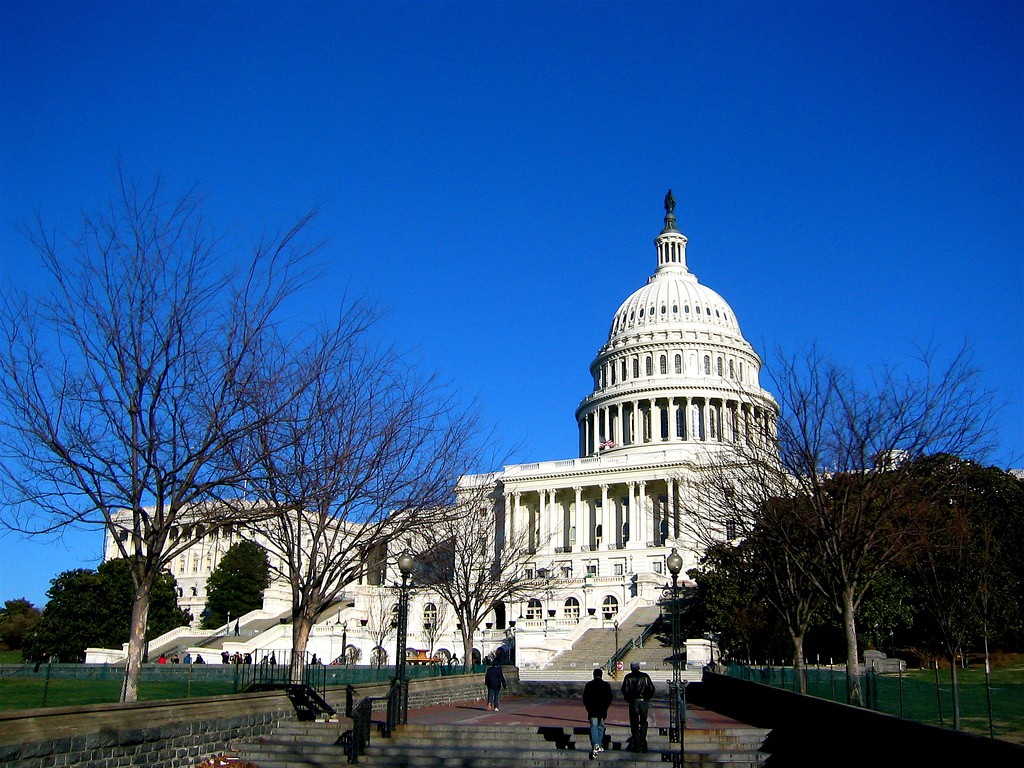
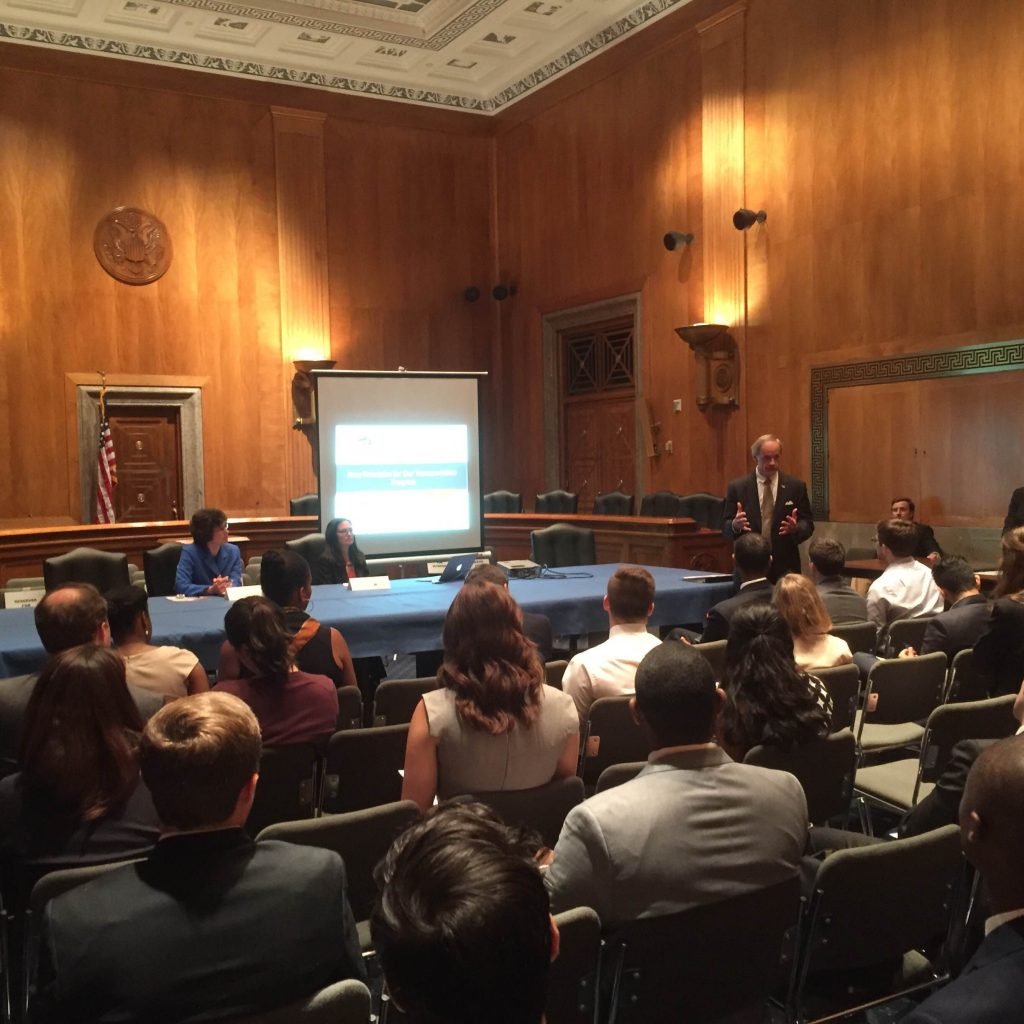
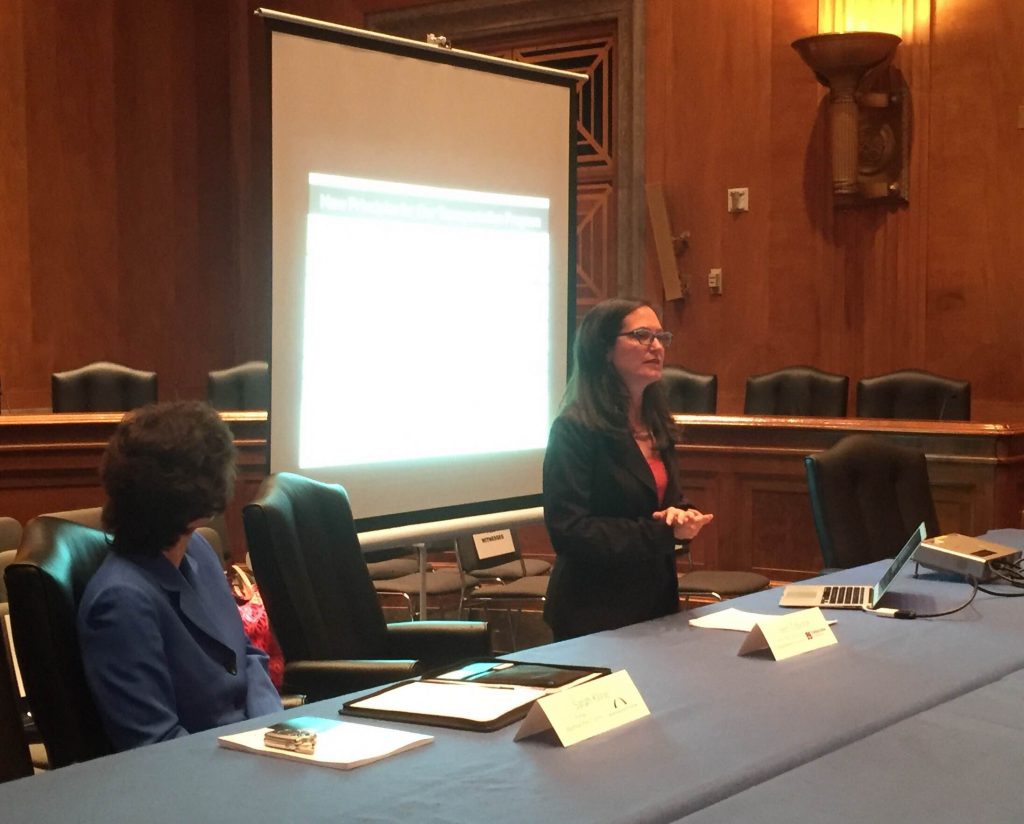
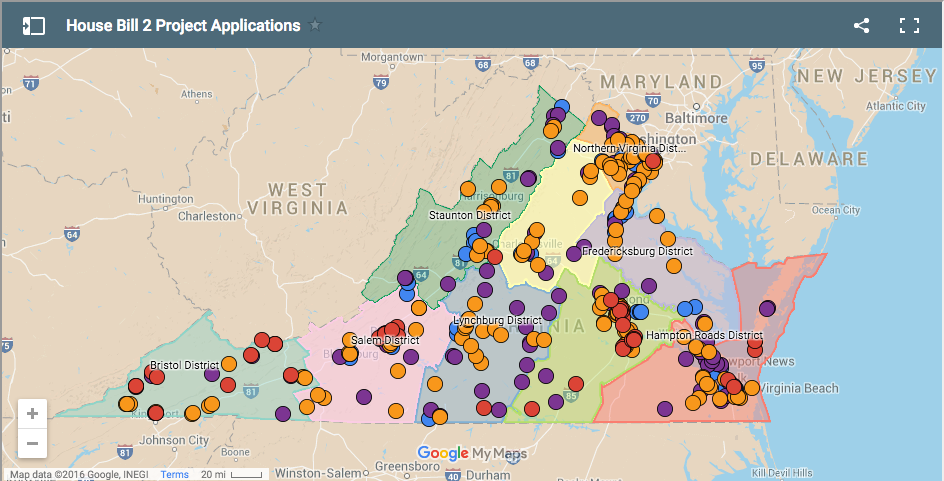
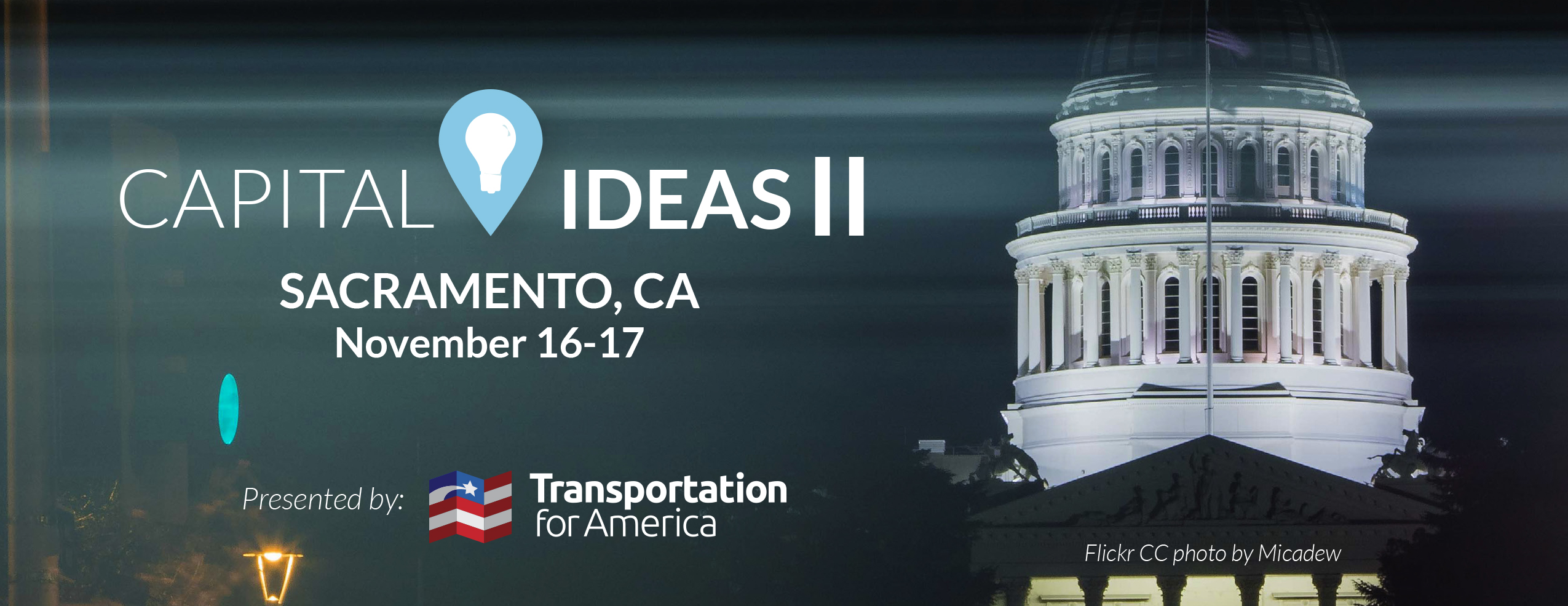
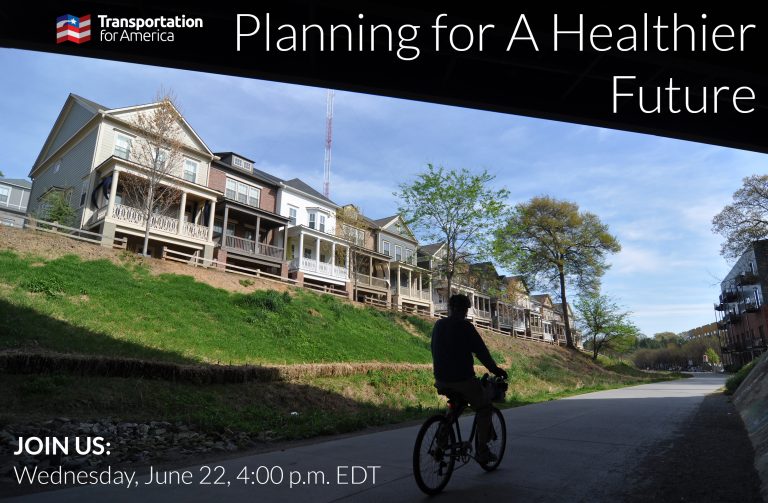
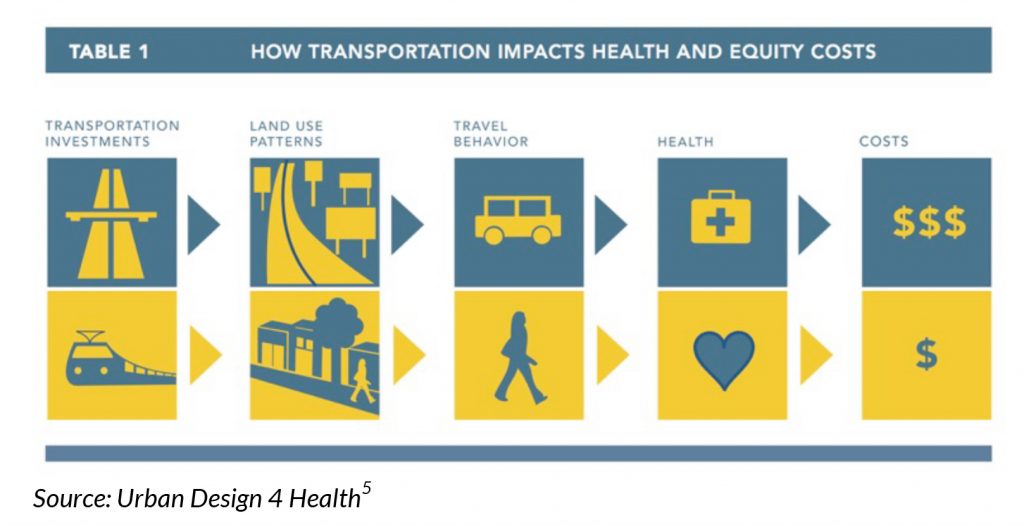

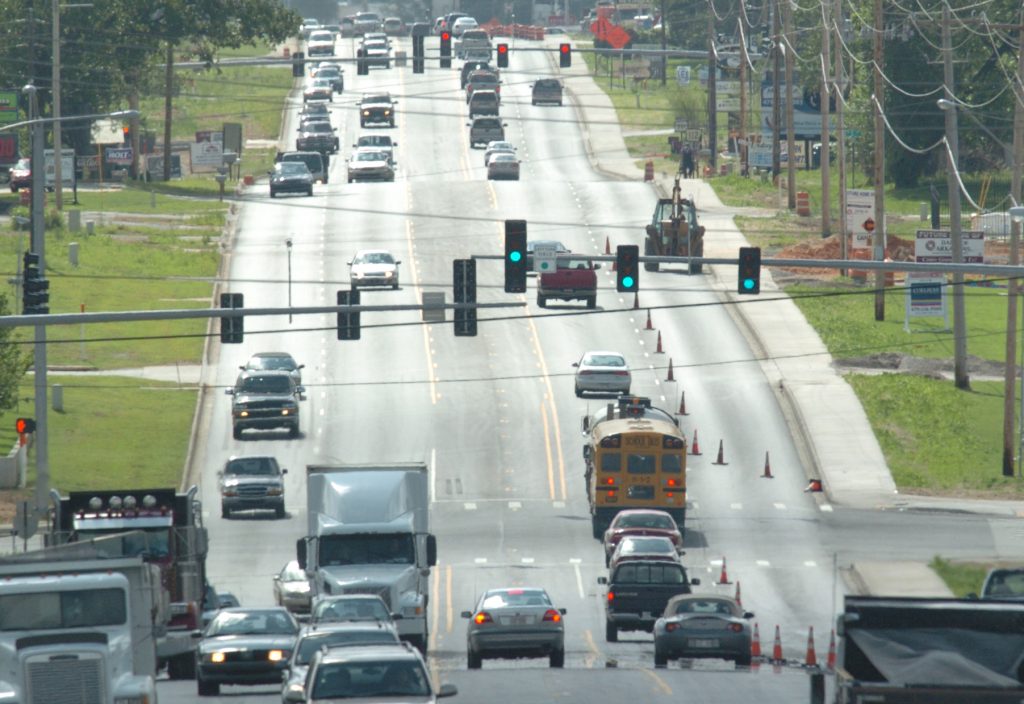

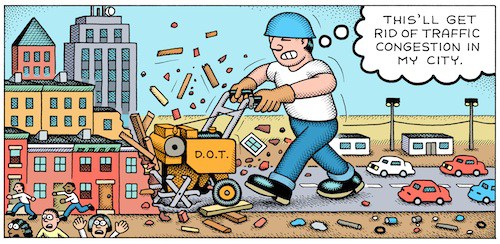


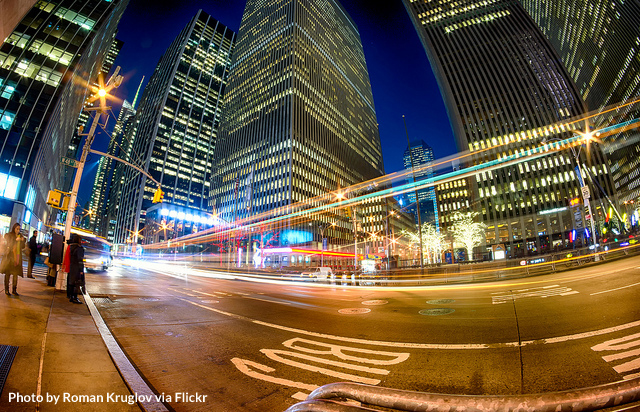
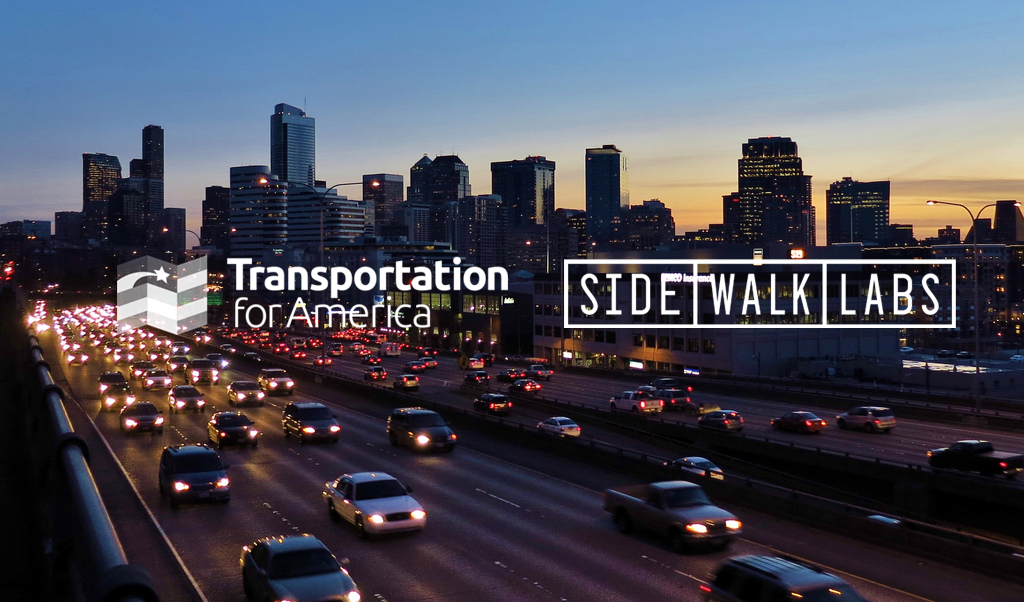


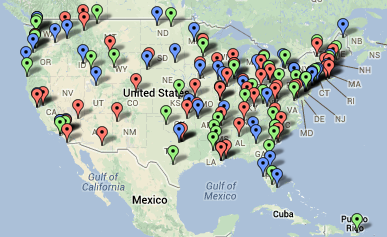
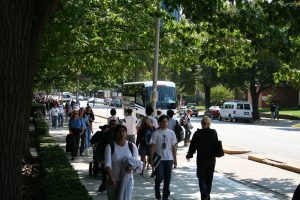



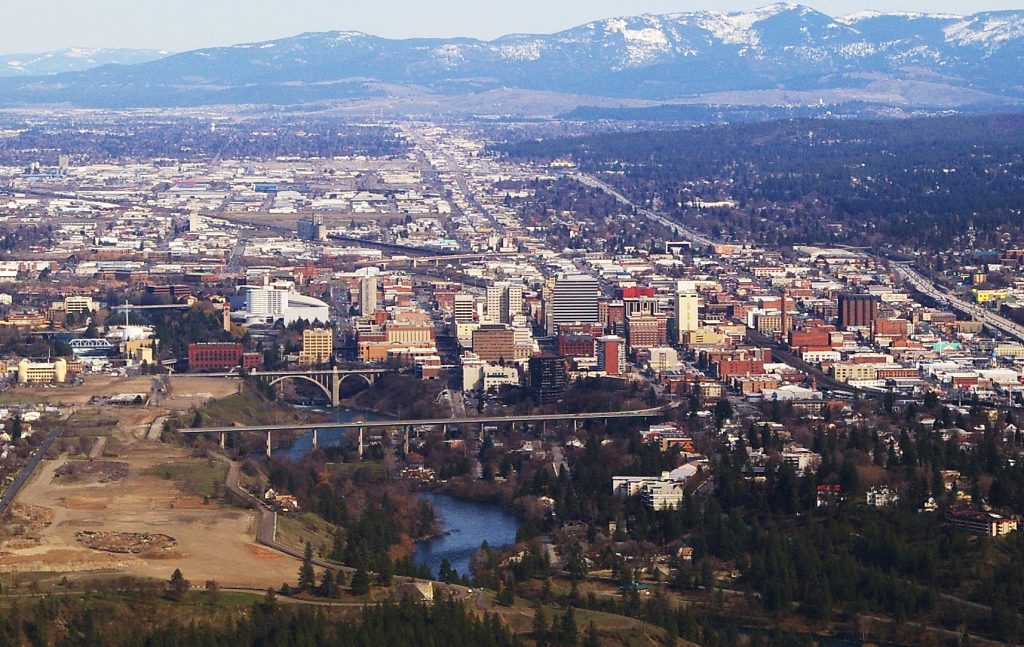

 he new criteria recognize that successful streets running through a bustling downtown of any size need to be designed far differently than rural highways connecting two towns or cities. They have to meet a far more diverse range of needs than simply moving cars fast, and these smart new guidelines reflect that wisdom.
he new criteria recognize that successful streets running through a bustling downtown of any size need to be designed far differently than rural highways connecting two towns or cities. They have to meet a far more diverse range of needs than simply moving cars fast, and these smart new guidelines reflect that wisdom.